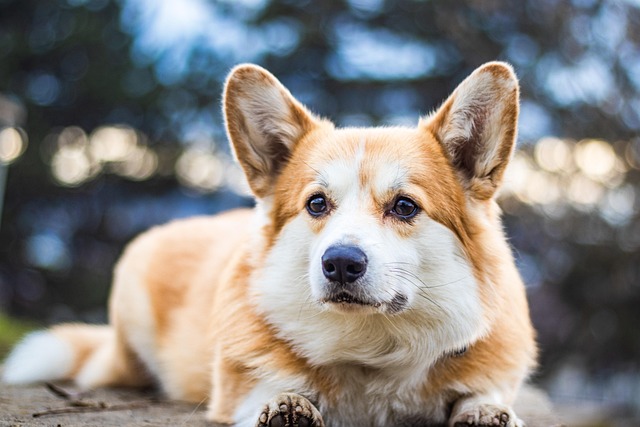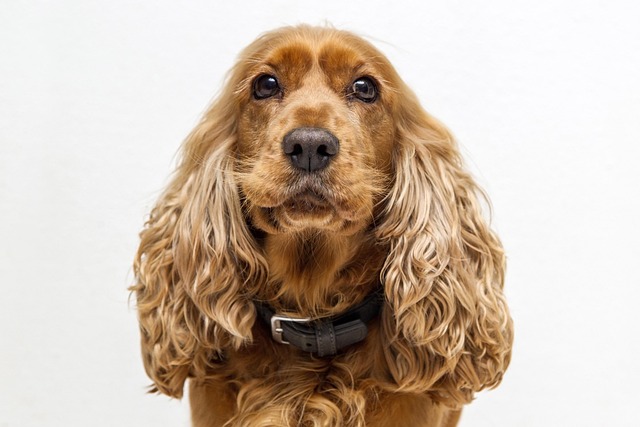When people ask how to stop a dog from attacking my dog, it’s rarely a simple, one-size-fits-all answer. Actually, after years working closely with both dogs and their humans, I’ve learned that aggression between dogs is often rooted in subtle, easily-missed signals—many of which only become clear in hindsight. So, before we even talk about what to do in the heat of the moment, it’s worth digging into what leads up to those dangerous encounters. Understanding the hidden triggers of dog aggression is the first line of defense, and sometimes, it’s not about what’s obvious. For instance, a tense tail, a stiffened body, or even averted eyes can signal trouble long before any barking or lunging begins. Sometimes, dogs pick up on things we miss: a new scent in the park, the approach of a stranger, or even something as simple as a favorite toy lying nearby. Territorial instincts kick in, or perhaps your dog’s been under stress at home—changes like a new pet, guests visiting, or even your own anxiety can ripple right through them. Owners often underestimate just how sensitive dogs are to our moods and the environment, so keeping an eye on these undercurrents matters more than you might think.
If you’ve ever watched two dogs stiffen and stare at each other, you know the feeling in the pit of your stomach. Recognizing early warning signs in dogs isn’t just about watching for bared teeth or growls—those are, honestly, the last stages before things go sideways. There’s a rich language in their posture: a low, rigid tail; ears pinned back; intense, direct eye contact; or, less obviously, a sudden stillness that feels charged. Sometimes, you’ll hear a low whine, or notice a lip lick or a yawn—both signs of discomfort, not boredom. As an owner, I’ve found that tuning into these cues, especially in unfamiliar environments or when new dogs are present, can mean the difference between a peaceful stroll and a chaotic scene. When you see these signs, it’s your cue to intervene gently—create space, redirect attention, or calmly lead your dog away before tensions escalate. You might feel a little awkward at first, but trust me, it beats the heartbreak of a preventable fight.
Now, let’s get practical about preventive strategies to avoid dog attacks. Socialization is the backbone here, but it has to be done thoughtfully. Exposing your dog to a mix of dogs, people, and places—always at their comfort level—builds confidence and reduces the odds of fear-driven aggression. I recommend starting with controlled introductions: neutral territory, both dogs on leashes, and both owners relaxed (easier said than done, I know). Give them a chance to sniff from a distance, watch for relaxed body language, and don’t rush the process. Avoid high-risk scenarios like crowded dog parks if your dog isn’t ready—sometimes, less is more. Environmental management is equally important: at home, keep favorite toys, food bowls, and beds separate when other dogs visit. If you sense a tense atmosphere, step in early with a cheerful distraction. It’s not about coddling but about setting everyone up for success. That said, there’s no shame in choosing the safe route—walking at quieter times, using a sturdy leash, or even politely declining introductions if something feels off. Your gut feeling as an owner is usually spot on.
But what if, despite your best efforts, an attack begins? It’s terrifying, and instinct might push you to jump right in, but owner safety has to come first—without you, your dog has no advocate. Professional guidance is clear: never reach between fighting dogs, as bites can happen in an instant, even to the most loved hand. Instead, use objects like a jacket, bag, or even a sturdy stick to create a barrier. Some people carry a loud whistle or a can of compressed air—unexpected sounds can sometimes startle dogs enough to break their focus. If you’re with another adult, the “wheelbarrow method” (each person grabbing the hind legs of a dog and pulling back) can sometimes separate them safely, though it’s not foolproof and should be done with caution. Once separated, lead the dogs away in opposite directions and give them both space to recover. Afterward, check for injuries—adrenaline can mask wounds—and don’t hesitate to seek veterinary attention. And if you feel shaken, that’s normal. Even seasoned professionals find these moments difficult.
In the long run, preventing dog aggression between dogs comes down to consistent, positive behavioral management. Training isn’t a one-off fix; it’s a lifelong conversation with your dog. Positive reinforcement—rewarding calm, friendly behavior—builds trust and predictability. I’ve seen remarkable changes with even the most reactive dogs through patient, step-by-step desensitization and counter-conditioning. Sometimes, progress is slow, almost imperceptible week to week, but over months, the shift is real. And honestly, there’s no substitute for professional support when things get tough. Certified dog trainers or veterinary behaviorists bring fresh eyes and strategies, especially for persistent or escalating issues. They can tailor plans to your dog’s unique triggers and needs, and sometimes, just having someone walk the journey with you makes all the difference. Remember, aggression isn’t a flaw—it’s a signal that your dog needs help, and with the right tools, understanding, and patience, most situations can improve. So, if you’re ever standing there wondering how to protect your dog from aggressive dogs, know that you’re not alone—and with knowledge and preparation, you’ve already taken the first step.





